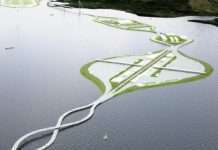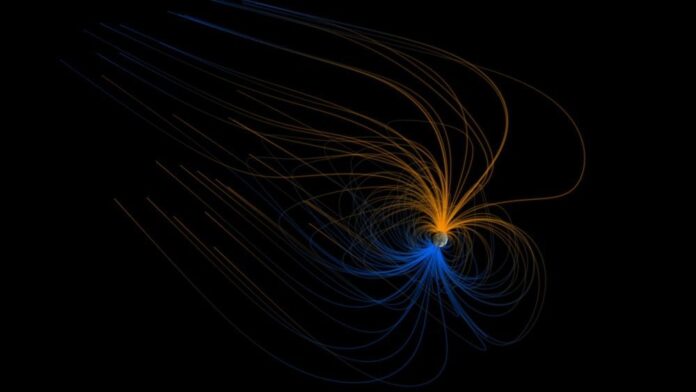Scientists have discovered a surprising reversal in the electric charge distribution within Earth’s magnetosphere, challenging long-held assumptions about how our planet interacts with solar energy. The findings, published earlier this year in the Journal of Geophysical Research: Space Physics, could refine space weather forecasting and improve the protection of satellites and ground-based infrastructure.
The Magnetosphere: A Shield with a Twist
Earth’s magnetosphere, the vast magnetic bubble surrounding the planet, defends us from the constant stream of charged particles emitted by the sun—the solar wind. When the solar wind collides with the magnetosphere, it generates electric currents and magnetic forces that drive space weather phenomena, from spectacular auroras to disruptive geomagnetic storms. For decades, scientists assumed a simple electrical layout: a positive charge on the morning (“dawn”) side of Earth and a negative charge on the evening (“dusk”) side. However, new data from NASA’s Magnetospheric Multiscale (MMS) mission and advanced computer simulations reveal a more complex—and partially inverted—reality.
Reversed Polarity: Dawn Negative, Dusk Positive
A team led by Yusuke Ebihara, a professor at Kyoto University in Japan, found that the morning side of the magnetosphere carries a negative charge, while the evening side is positive. This reversal contradicts conventional theory, which predicts the same polarity across the equatorial plane and polar regions. The discovery doesn’t invalidate existing models entirely, but it adds a critical layer of nuance to our understanding of how energy flows through Earth’s space environment.
Plasma Motion: The Key to the Reversal
The key to this counterintuitive behavior lies in the movement of charged particles—plasma—within the magnetosphere. When solar energy impacts Earth’s magnetic field, plasma swirls around the planet. On the dusk side, this plasma flows clockwise toward the poles. Simultaneously, Earth’s magnetic field lines run from the Southern to the Northern Hemisphere, ascending near the equator and descending near the poles.
Because the plasma’s motion and the magnetic field lines operate in opposing directions, their interaction alters the way electric charge accumulates in different regions of the magnetosphere. This creates the observed reversal: the electric force and charge distribution are results of plasma motion, not causes.
Implications for Space Weather Forecasting
The study underscores the importance of dynamic processes—specifically, plasma movement—in shaping the electric environment around Earth. By revealing that different parts of the magnetosphere can behave in opposite ways, the findings refine models of how energy from the sun enters Earth’s upper atmosphere. This could lead to more accurate space weather forecasts, helping to mitigate the risks posed by geomagnetic storms to satellites, power grids, and communications systems.
“The electric force and charge distribution are both results, not causes, of plasma motion,” Ebihara stated, highlighting the study’s central insight.
The findings do not mean current models are wrong, but rather that they are incomplete. By accounting for the dynamic interplay between plasma motion and magnetic field lines, scientists can build more robust and predictive models of Earth’s space environment






































